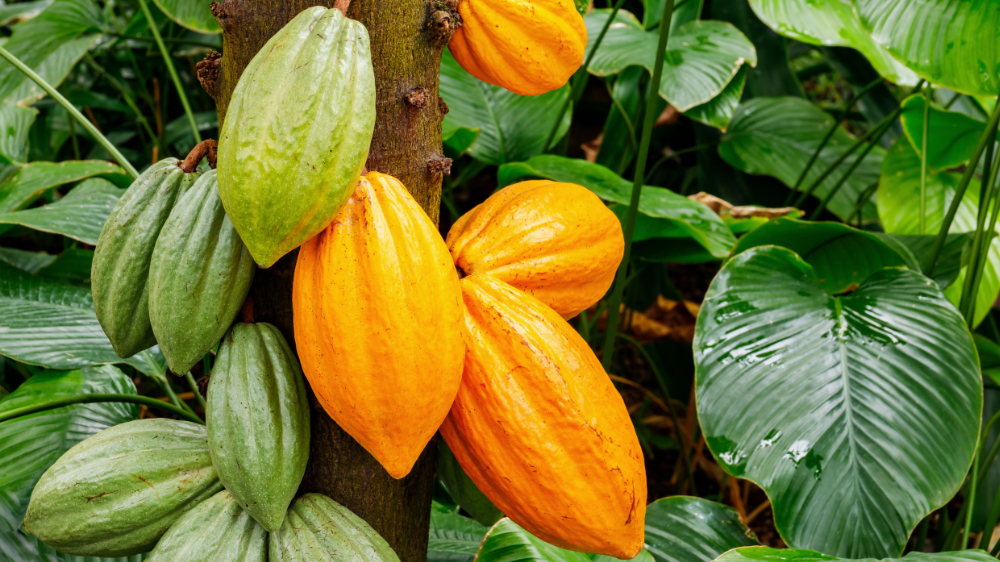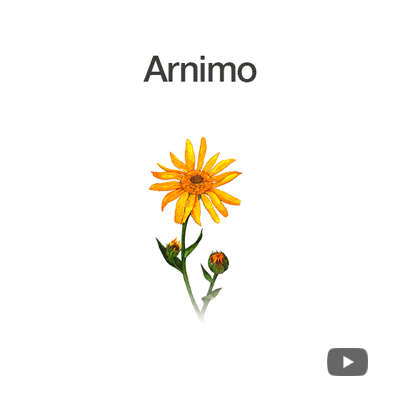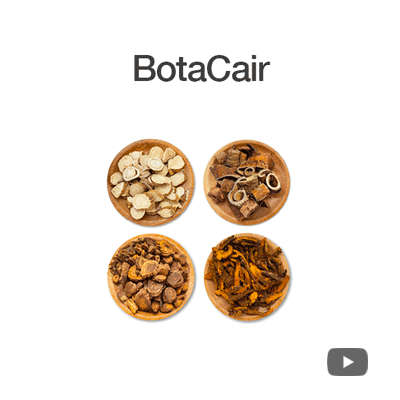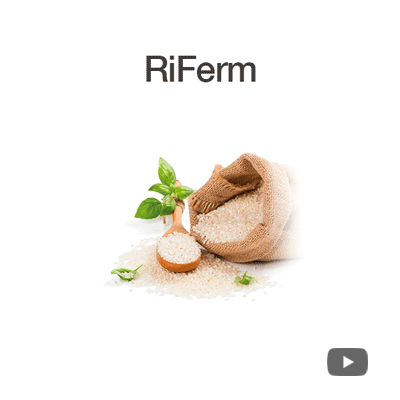Cacao Extract
#cacao #anti-inflammatory #anti-aging

- INCI Name
- Theobroma Cacao (Cocoa) Extract
- IECIC Name
- THEOBROMA CACAO (COCOA) EXTRACT
- Efficacy
- Anti-aging, Anti-oxidant, Anti-inflammation
- Certification
-

Theobroma cacao, commonly known as cacao tree, was probably first found and cultivated around A.D. 250-900 by the ancient Mayans in Central America, especially México. From the 12th to 16th centuries, the Aztec`s elites drank chocolate derived from cacao beans and offered chocolate to Aztec gods. T. cacao is taken from the Greek words: Theo (God) and Broma (drink). The "drink of the Gods" reflects the high esteem in which this fruit was held throughout antiquity. The leaves, seeds, fruits, petioles, flowers, and stem bark of the cocoa tree contain several chemical constituents. Extracts from each part of the plant are used to treat anxiety, depression, fatigue, fever, coughs, kidney stones, inflammatory disorders, cardiovascular diseases, and infections.
Cacao is extraordinarily rich in polyphenols. The cacao products contain higher antioxidant capacity and flavonoids per serving than tea or red wine. Also, it contains abundant phenolic antioxidants such as catechins, anthocyanidins, and pro-anthocyanidins. These chemical compounds effectively treat cancers, inflammation, aging, and viral infections by their antioxidant properties. Its solid extracts carry plenty of B vitamins such as niacin, pantothenic acid, thiamin, riboflavin, and vitamin B-6. These vitamins help in enzyme synthesis, nervous system function, and regulating body metabolism.
- Recommended Product
-
 #arnica #anti-dandruff #anti-shedding #deodorizing Arnimo
#arnica #anti-dandruff #anti-shedding #deodorizing ArnimoArnica Montana Flower Extract
-
 #narcisture #anti-inflammatory #skin moisturizing Narcisture
#narcisture #anti-inflammatory #skin moisturizing NarcistureNarcissus Tazetta Bulb Extract
-
 #4 TKM plants #hair care #scalp care BotaCair
#4 TKM plants #hair care #scalp care BotaCairSophora Flavescens Root Extract, Scutellaria Baicalensis Root Extract, Coptis Japonica Root Extract, Morus Alba Bark Extract
-
 #rice #skin hydration #skin firming RiFerm
#rice #skin hydration #skin firming RiFermSaccharomyces/Rice Ferment Filtrate
- Product Inquiry








